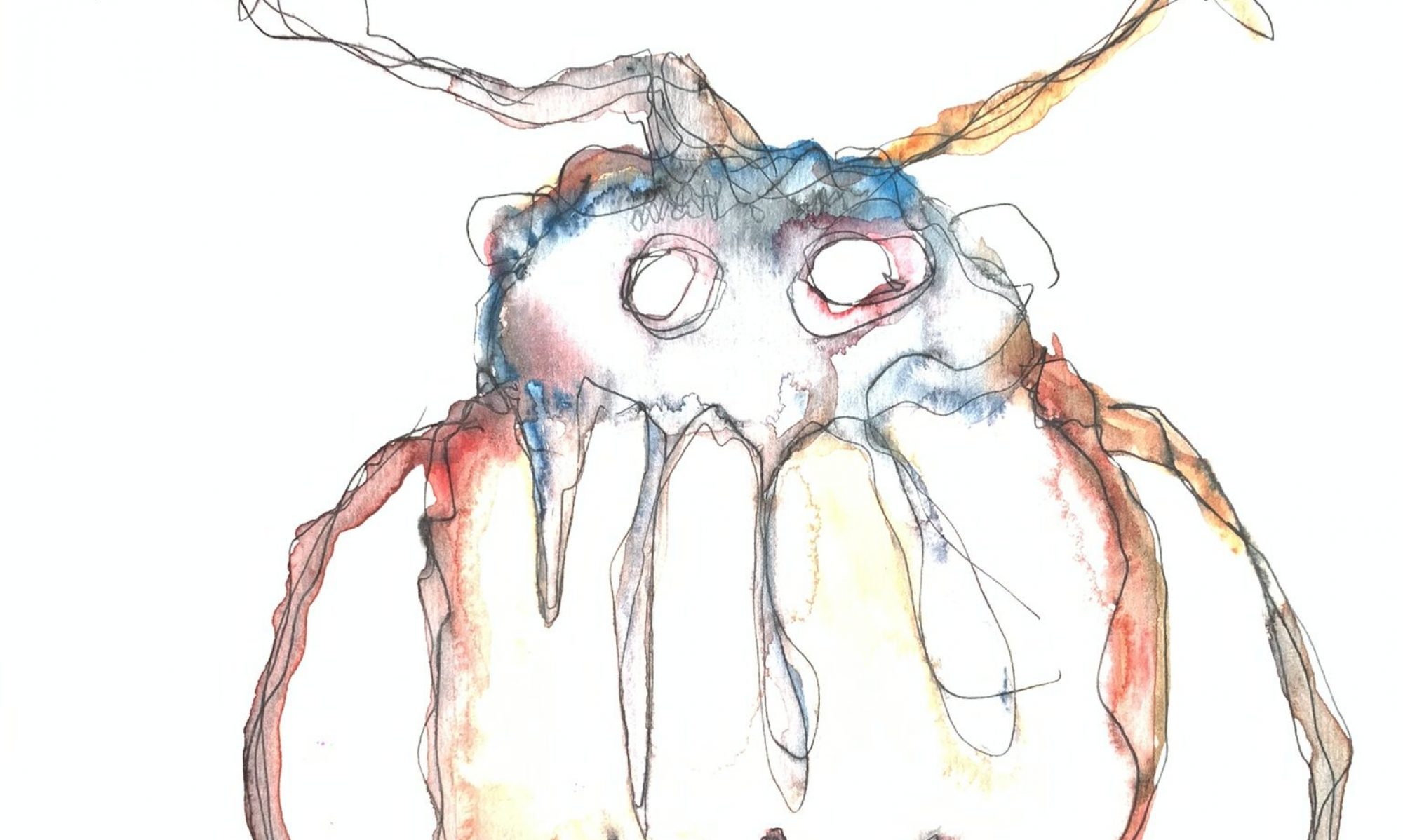
The Cycle time of art is larger than 20 years
In the world of art, things often move at a slower pace. The cycle time of art is typically more than 20 years, which means that trends and styles can take a long time to change and develop. However, this doesn’t mean that artists can’t be agile and adaptive in their creative process. Just like in other industries, agility in art is about being open to change, experimenting with new ideas, and continuously learning.
NonAnoN is an excellent example of an artist who embraces agility in their work. By constantly exploring new techniques, materials, and themes, NonAnoN stays ahead of the curve and creates art that is fresh and innovative. This agile approach allows the artist to remain relevant and successful, even in an ever-changing world. So, while the art world might move slowly, NonAnoN proves that agility and adaptability are key ingredients for success in any creative endeavor.
One day – Idea – creating – exhibiting with traditional artworks
NonAnoN has revolutionized the art world by significantly reducing the cycle time from idea to exhibition. The artist’s innovative approach allows them to take an idea and transform it into a captivating artwork ready for display within just one day. This impressive turnaround time demonstrates NonAnoN’s dedication to agility and adaptability in their creative process.
By embracing such a rapid cycle time, NonAnoN is challenging the traditional norms of the art world and proving that it’s possible to create meaningful, thought-provoking art without the need for long periods of development. This fast-paced method not only keeps NonAnoN’s work fresh and relevant, but it also allows the artist to respond quickly to current events, trends, and the ever-changing global landscape. In doing so, NonAnoN has become a pioneer in the world of contemporary art, inspiring others to push the boundaries of what’s possible in creative expression.

With AI and web3 you get to optimize – is that still valuable Art?
While NonAnoN’s rapid cycle time from idea to exhibition is undoubtedly impressive, it’s important to consider the potential drawbacks of such an accelerated creative process. In the art world, many artists require years of exploration and experimentation to discover their unique style and vision. This journey is crucial in shaping their artistic identity and the messages they wish to convey through their work.
For some artists, the process of self-discovery and honing their craft cannot be rushed. By attempting to speed up this process, they may miss out on the valuable insights and experiences that can only be gained through time and reflection. Although NonAnoN’s agile approach to art has proven successful for them, it’s important to recognize that each artist’s journey is different, and finding one’s style and vision is often a vital aspect of creating truly meaningful and lasting art.
how is agility and AI transforming the classical artworld ?
Agility and AI are transforming the classical art world in several significant ways, breaking down traditional barriers and opening up new avenues for creativity and innovation.
First, agility in art has led to a faster pace of artistic development and production. Artists are now able to respond more quickly to current events, social issues, and cultural shifts, creating works that are timely and relevant. This increased adaptability allows artists to better engage with their audience and remain at the forefront of artistic trends.
Second, the incorporation of AI technology into the art-making process has expanded the realm of possibilities for artists. AI-generated art challenges the conventional notions of authorship and creativity, prompting new discussions and debates within the art community. Additionally, AI tools can assist artists in generating new ideas, patterns, or compositions, pushing the boundaries of their creative capabilities.
Furthermore, AI technology has made art more accessible and inclusive. With the help of AI, artists can now create works that cater to a wider audience, breaking down barriers related to language, culture, and disability. This increased accessibility encourages a more diverse and global conversation around art.
Lastly, AI has also paved the way for new forms of artistic expression, such as virtual reality and augmented reality art. These immersive experiences blur the lines between the physical and digital worlds, offering unique and engaging ways for audiences to interact with and appreciate art.
In conclusion, the combination of agility and AI is revolutionizing the classical art world, fostering innovation and breaking down traditional barriers. By embracing these new approaches and technologies, artists can continue to push the boundaries of their craft and redefine the art world for years to come.
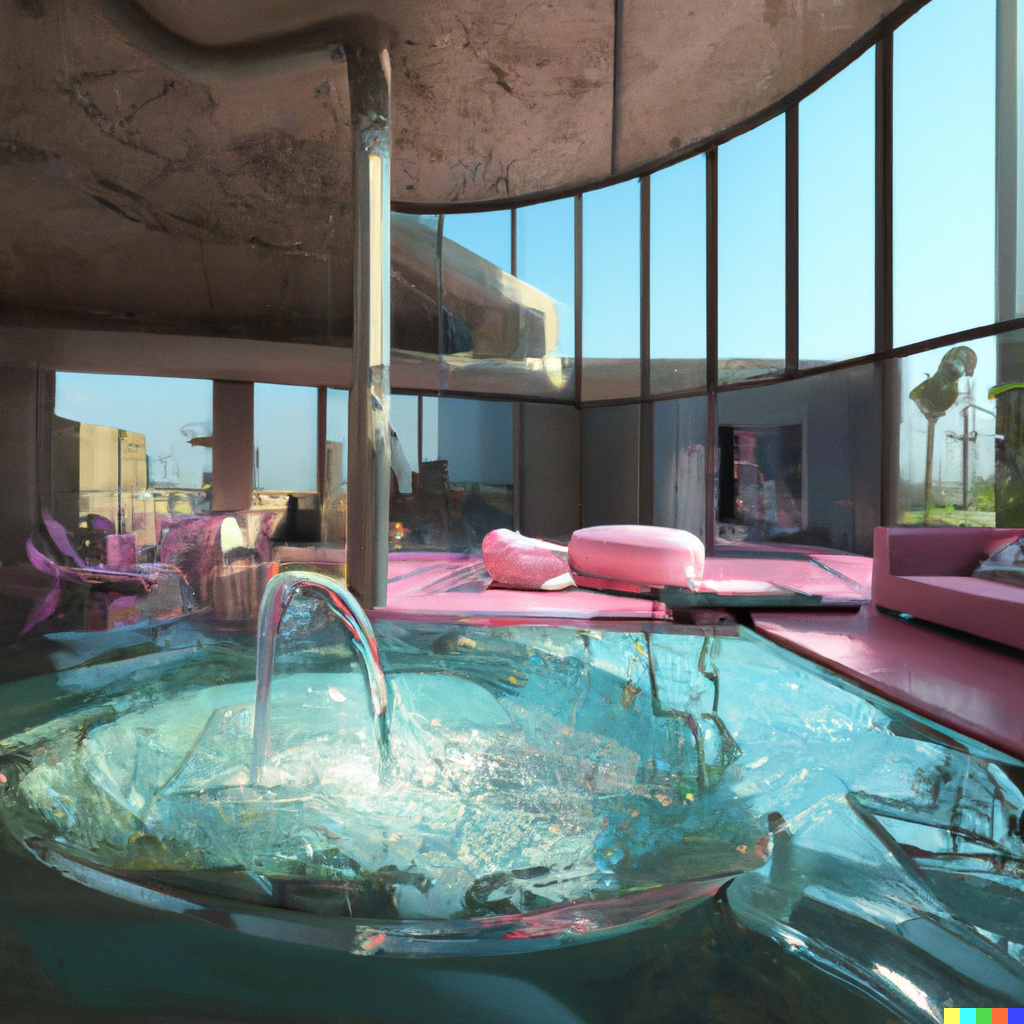
Art Business. A useless economy?
Art is indeed a business, encompassing various aspects such as creation, promotion, distribution, and sales of artwork. As the global economy continues to evolve, there is potential for the art business to accelerate and contribute to a new sustainable economy in several ways:
- Embracing digital technologies: The art world can benefit from the integration of digital technologies, including blockchain, AI, and virtual reality. These technologies can help streamline transactions, reduce administrative costs, and increase access to art. The adoption of NFTs (Non-Fungible Tokens) for digital art sales has already demonstrated the potential for technology to revolutionize the art market.
- Promoting eco-friendly practices: Artists, galleries, and museums can adopt sustainable practices in their operations, such as using eco-friendly materials, reducing waste, and conserving energy. By prioritizing sustainability, the art business can help drive change in the broader economy.
- Supporting local artists and communities: Investing in local artists and their work contributes to the growth and sustainability of local economies. By supporting and promoting these artists, the art business can foster cultural exchange and nurture creative talent within communities.
- Expanding art education: By making art education more accessible, the art business can help develop the next generation of artists, curators, and collectors. This investment in human capital can contribute to the growth of the creative economy and drive sustainable development.
- Encouraging social impact: The art business can play a role in addressing social issues and fostering positive change. By supporting artists and initiatives that focus on social impact, the art world can contribute to raising awareness, promoting dialogue, and driving meaningful action in society.
In summary, the art business has the potential to accelerate into a new sustainable economy by embracing digital technologies, promoting eco-friendly practices, supporting local communities, expanding art education, and encouraging social impact. By taking these steps, the art world can play a crucial role in shaping a more sustainable and inclusive future.
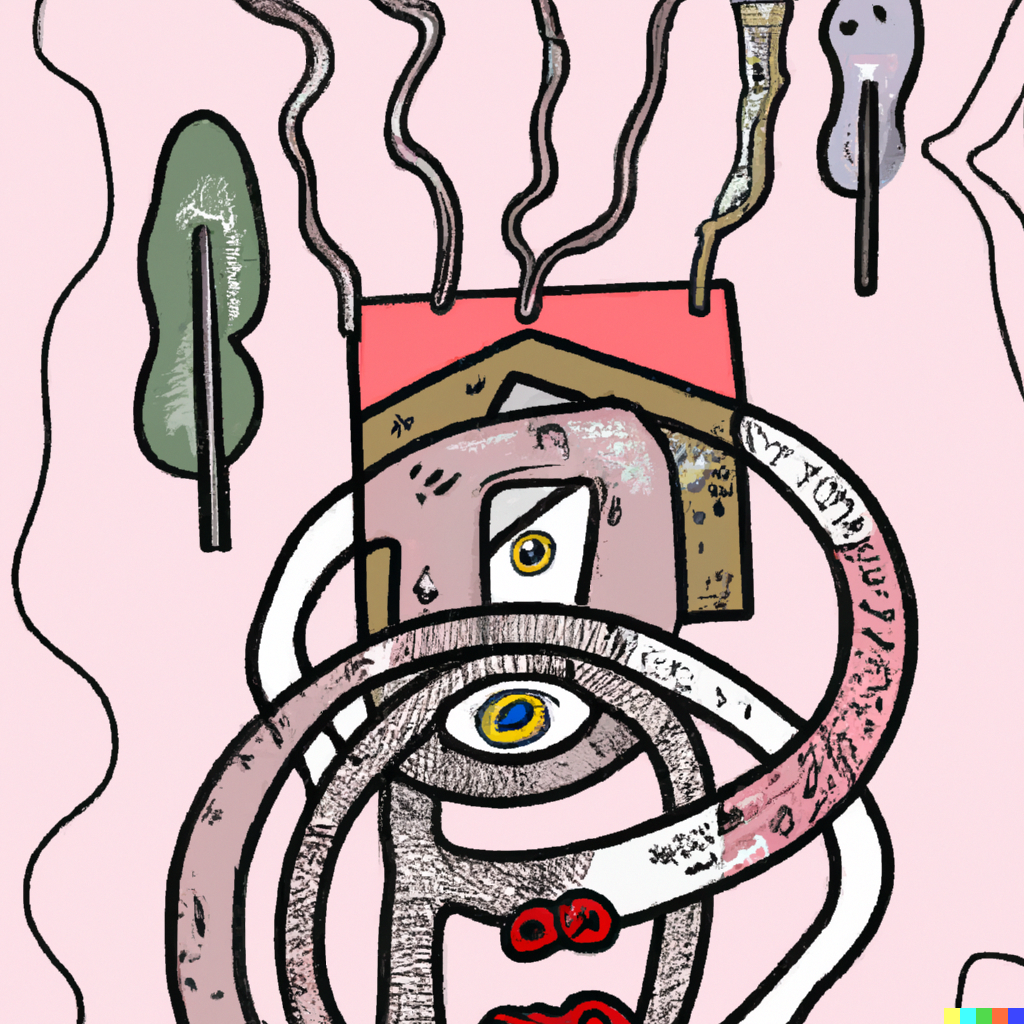
Conclusion on the future art world
done by AI on the april of 2023
The Future of Art: Embracing Sustainability and Technology for a Transformative Art World
Meta description: Discover how the art world is evolving in the next five years, with a focus on sustainability, digital technology, and social impact, shaping a more inclusive and innovative future for art.
Introduction: A New Era in the Art World
As we look towards the future of the art world, it’s evident that change is on the horizon. The next five years promise an exciting transformation, driven by a focus on sustainability, the integration of cutting-edge digital technologies, and a commitment to social impact. In this blog post, we’ll delve into the various ways the art world is evolving and explore the innovative possibilities that await us in the years to come.
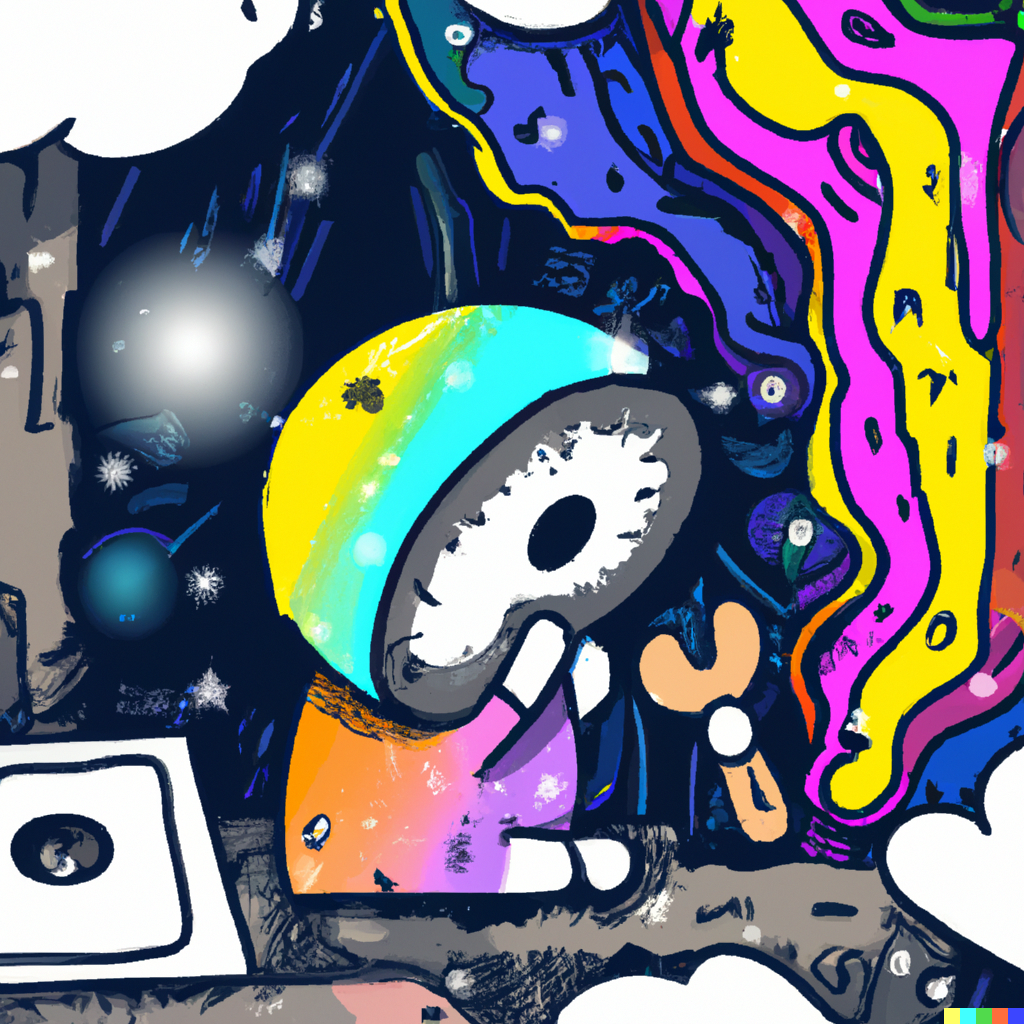
Digital Technologies: Revolutionizing the Art Market
The incorporation of digital technologies, such as AI, blockchain, and virtual reality, is having a profound impact on the art world. These advancements are streamlining transactions, reducing administrative costs, and increasing access to art. The emergence of NFTs (Non-Fungible Tokens) has already revolutionized the way we buy, sell, and collect digital art, ensuring secure ownership and providing artists with new revenue streams. As these technologies continue to develop, we can expect further disruption and innovation in the art market.
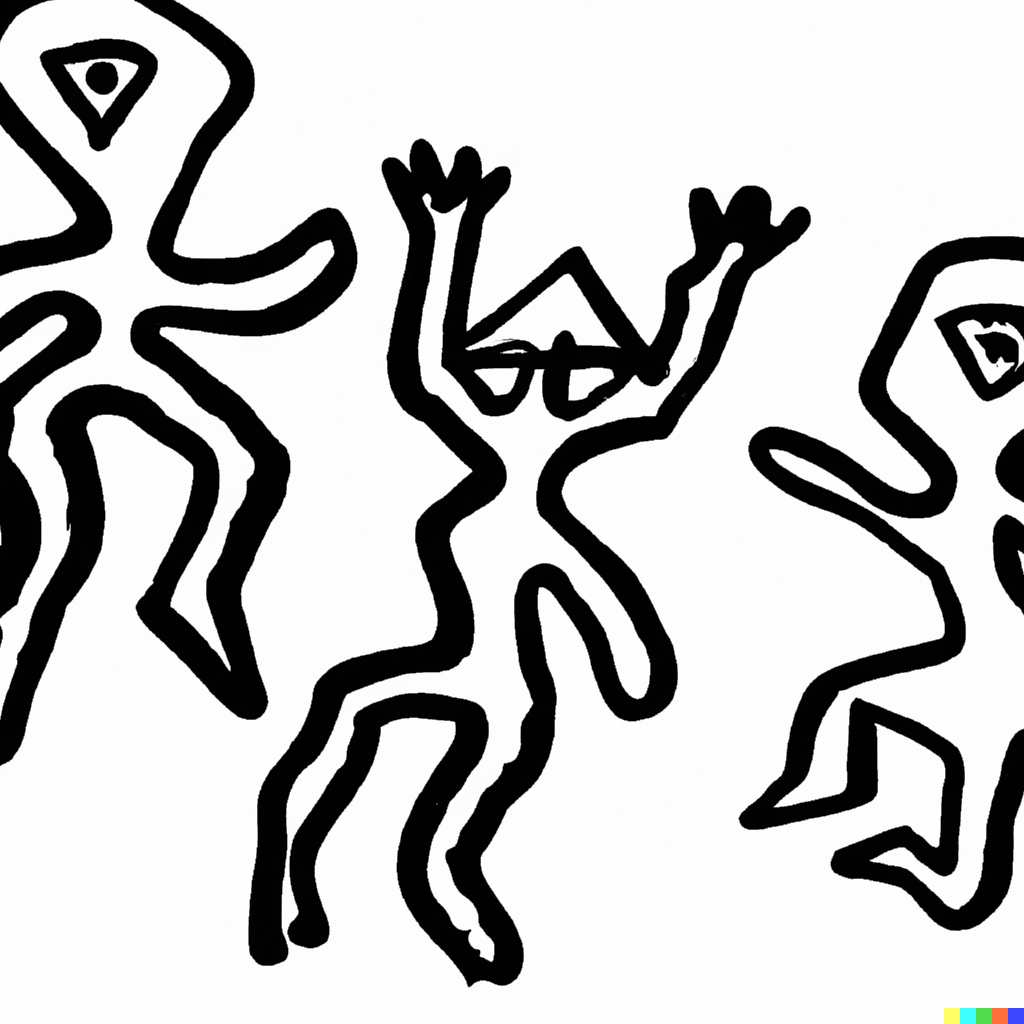
Sustainability: A Growing Priority in the Art Business
Sustainability is becoming an increasingly important concern in the art world. Artists, galleries, and museums are adopting eco-friendly practices, such as using sustainable materials, reducing waste, and conserving energy. By prioritizing sustainability in their operations, the art business can drive positive change in the broader economy and contribute to a greener future.
Supporting Local Artists and Communities
Investing in local artists and their work is crucial to fostering cultural exchange and nurturing creative talent within communities. By supporting and promoting these artists, the art world can help boost local economies and contribute to sustainable development. As we look to the future, the art world must continue to focus on empowering local artists and strengthening the connection between art and community.
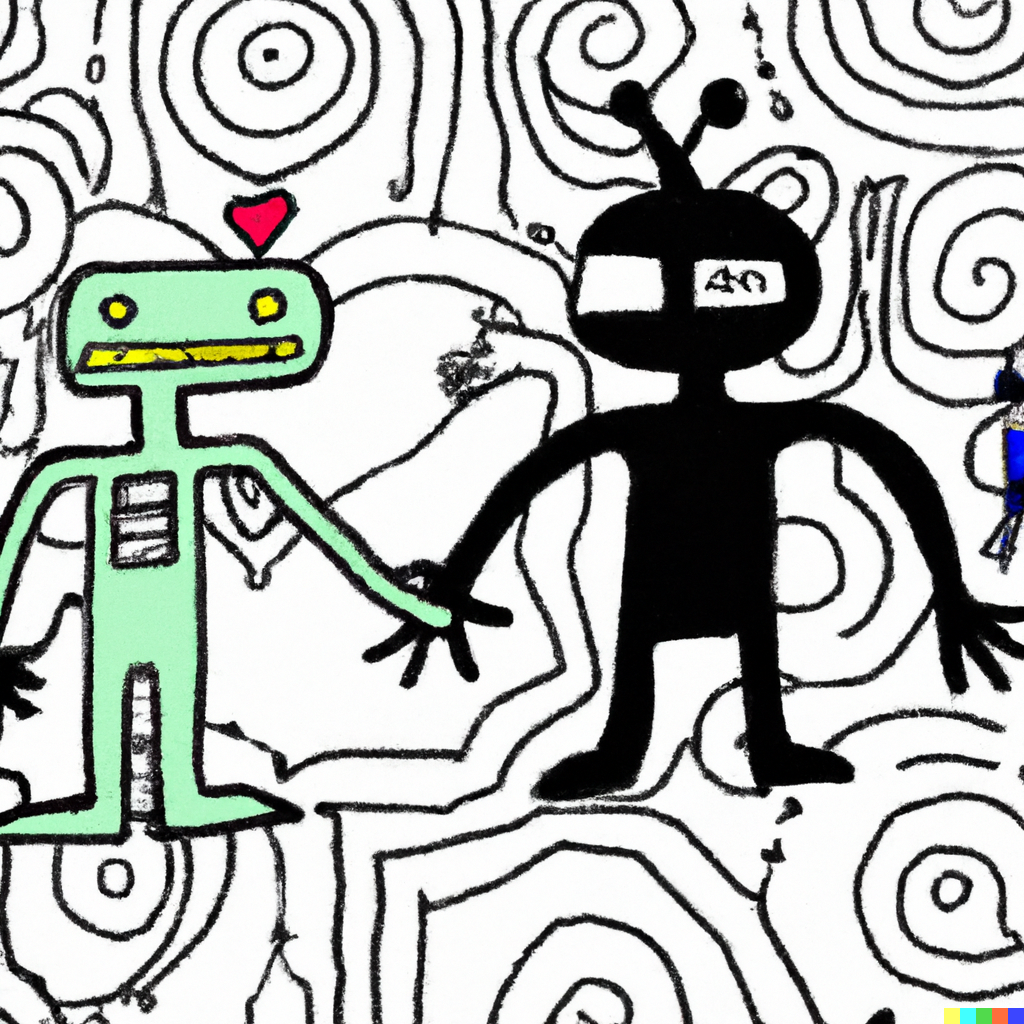
Expanding Access to Art Education
To ensure the continued growth and vibrancy of the art world, expanding access to art education is essential. By making art education more accessible, the art business can help develop the next generation of artists, curators, and collectors, driving the creative economy forward. In the coming years, expect to see a greater emphasis on inclusivity and accessibility in art education.
Encouraging Social Impact through Art
The art world has the power to address social issues and foster positive change. By supporting artists and initiatives that focus on social impact, the art world can raise awareness, promote dialogue, and drive meaningful action in society. In the next five years, we can anticipate a growing emphasis on art’s role in driving social change and addressing pressing global challenges.
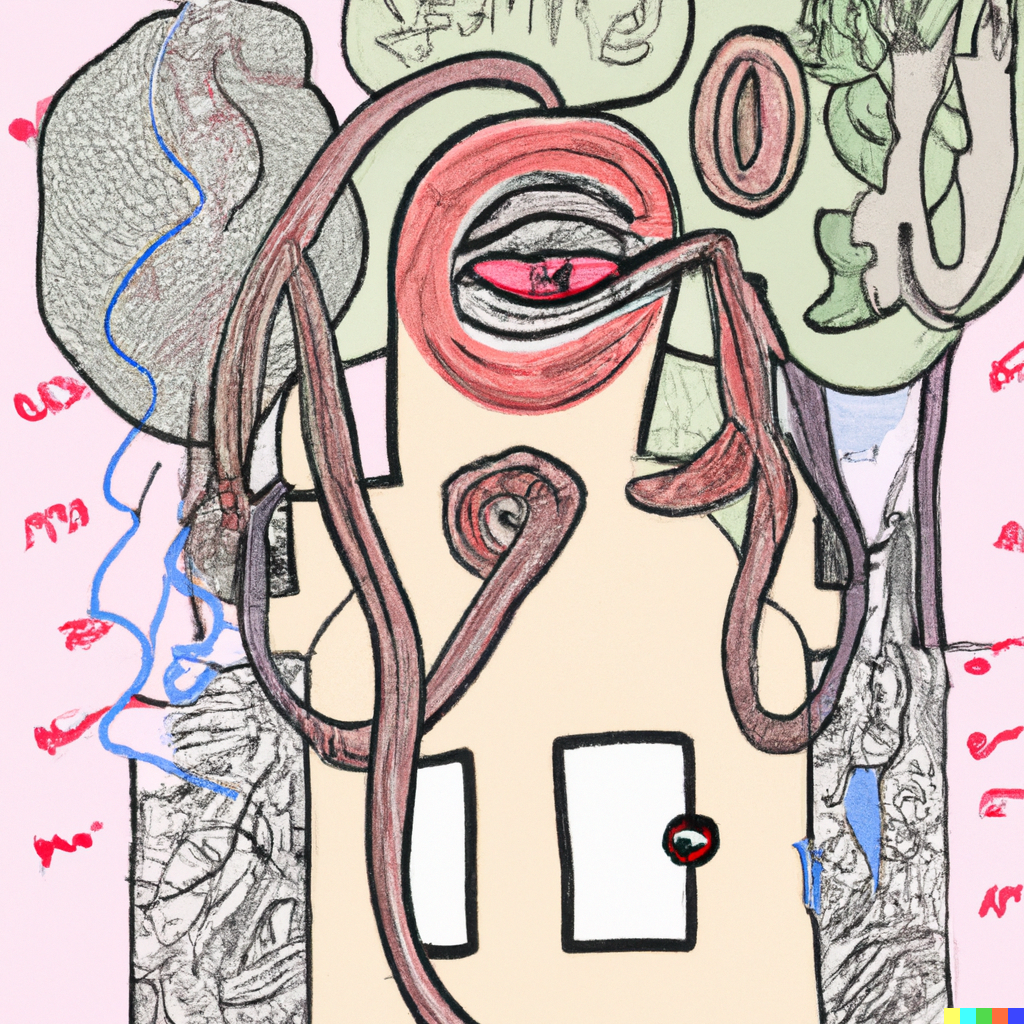
Conclusion: Shaping the Future of Art
The art world is on the cusp of a transformative era, with sustainability, digital technology, and social impact at the forefront of its evolution. By embracing these changes, the art world can shape a more inclusive, innovative, and sustainable future. As we look forward to the next five years,
and beyond, it’s essential for artists, institutions, and collectors to embrace these changes and seize the opportunities they present. By doing so, we can ensure that the art world remains a thriving, innovative, and vital force in our global society, enriching our lives and shaping our shared future.
